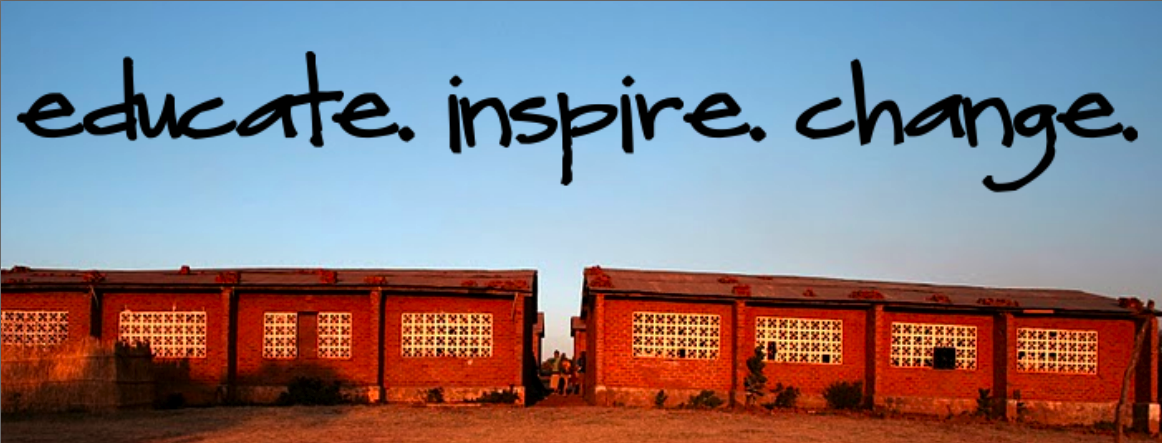TEACH A CHILD TO READ & WRITE
It's a simple solution - literacy and education are essential to escaping poverty. Basic language skills dramatically improve success in school and can lead children to a brighter future. $5 provides a child access to after school literacy workshops for a week.
TRAIN & EQUIP COMMUNITY LEADERS
It takes a village - leadership workshops engage all community stakeholders in the process of establishing goals and services. Engaging and mobilizing all stakeholders builds a legacy sustained by the community themselves. $5 sponsors a community member's participation in a leadership workshop.
Suggested gift: $75
PROVIDE BOYS AND GIRLS LIFE SKILLS TRAINING
Life skills projects are designed to foster educated, valued, and healthy adolescents who are decision makers and the future leaders who will drive positive social change in their rural villages. $10 sponsors a child's participation in a four day life skills camp.
Suggested gift: $125
SEND A CHILD WITH HIV TO CAMP HOPE
Camp Hope Malawi is the result of World Camp's partnership with the Paul Newman Foundation and the Baylor International Pediatric AIDS Initiative. Built upon the Association of Hole in the Wall Camp's model this project provides HIV positive youth the social and emotional support to regain their sense of optimism, possibility and hope. Sponsor a child this Holiday and join World Camp in building the self-worth and confidence in 60 HIV+ youth at Camp Hope Malawi.








